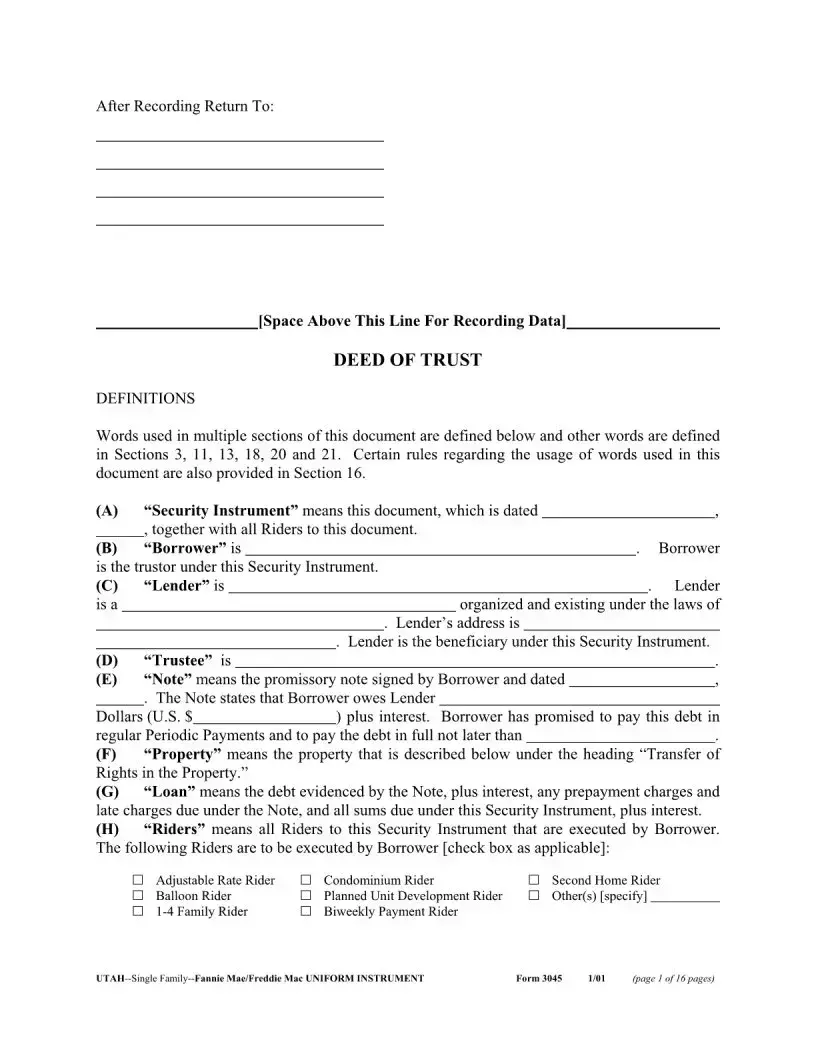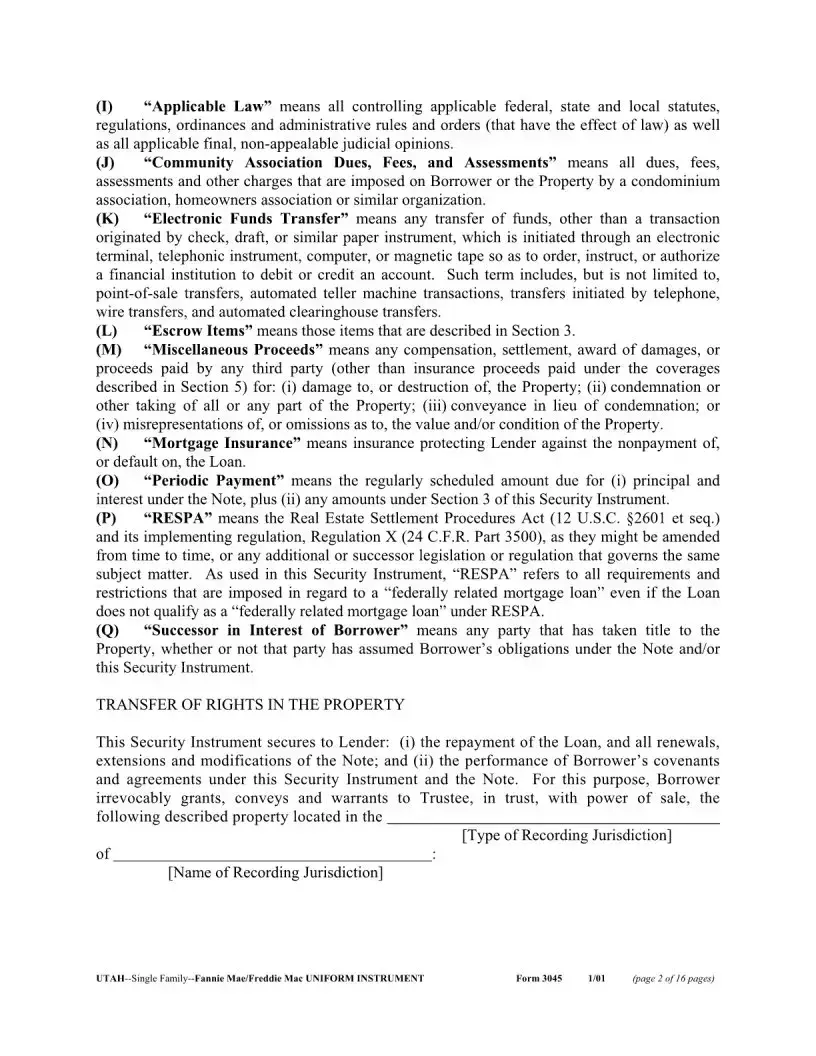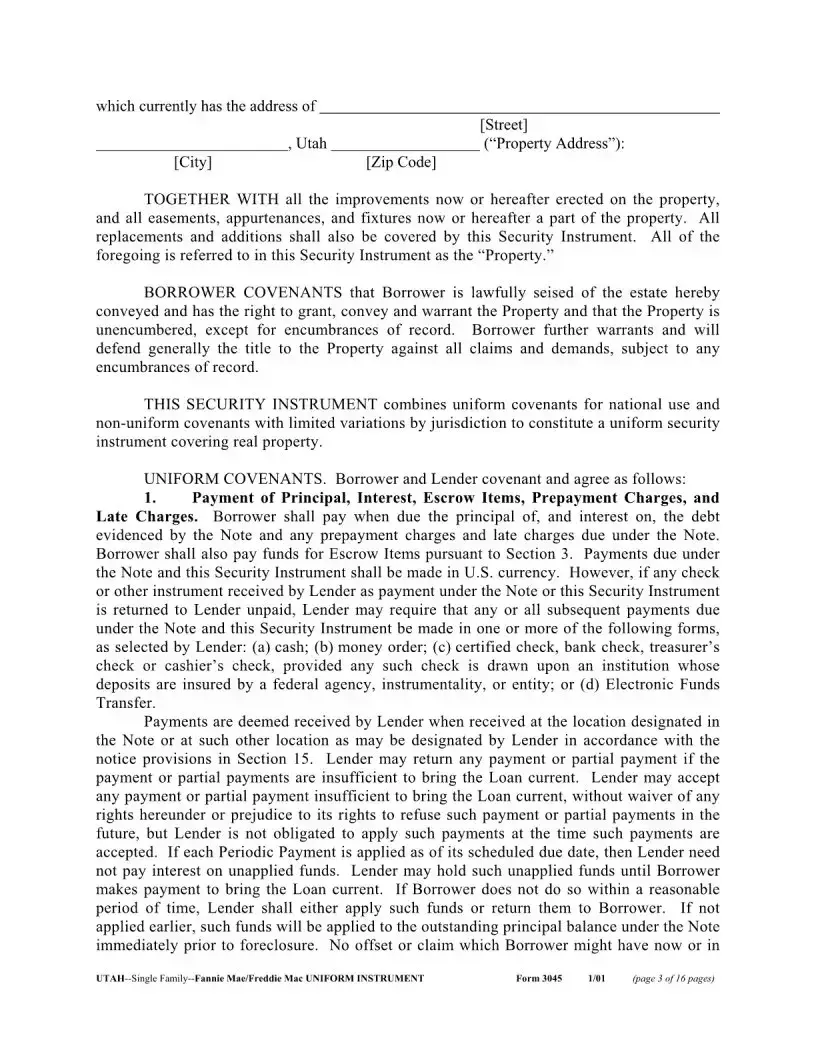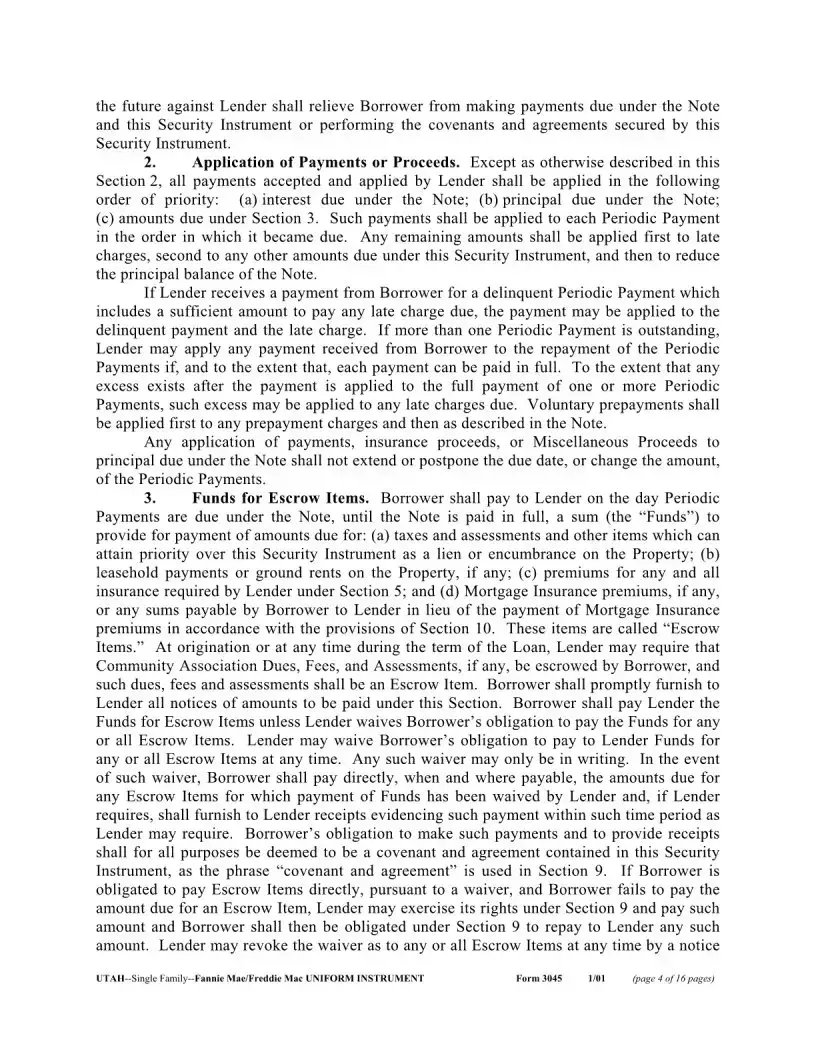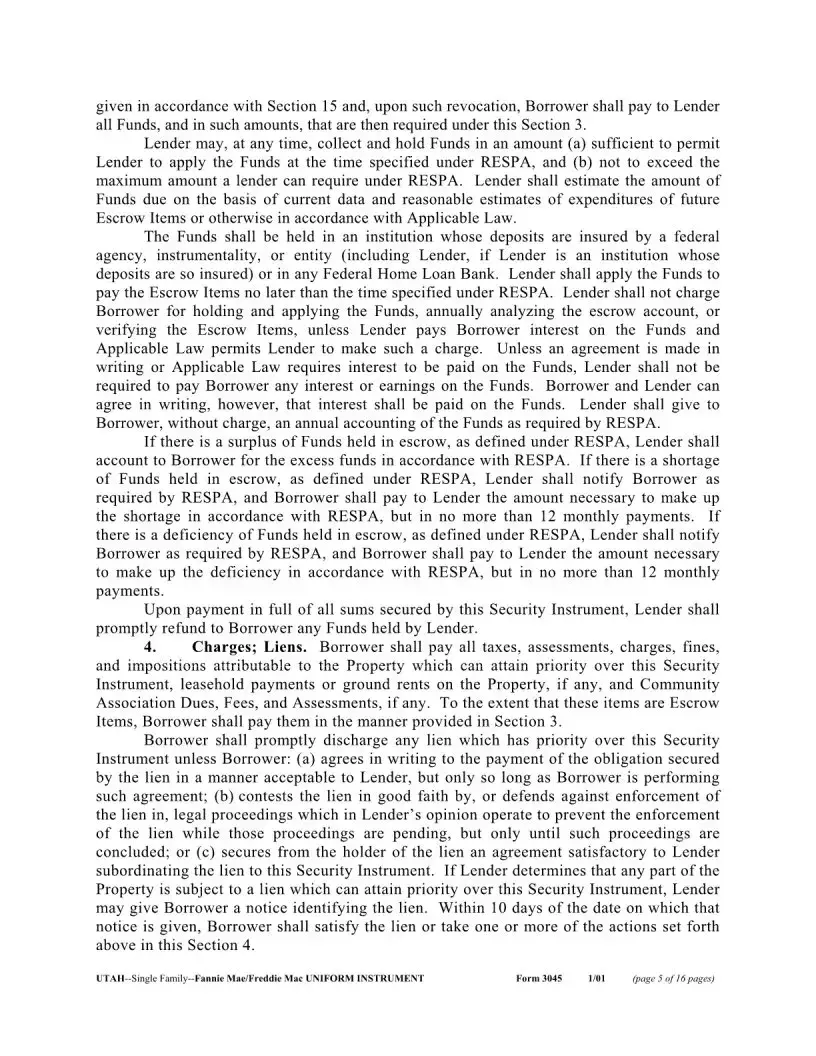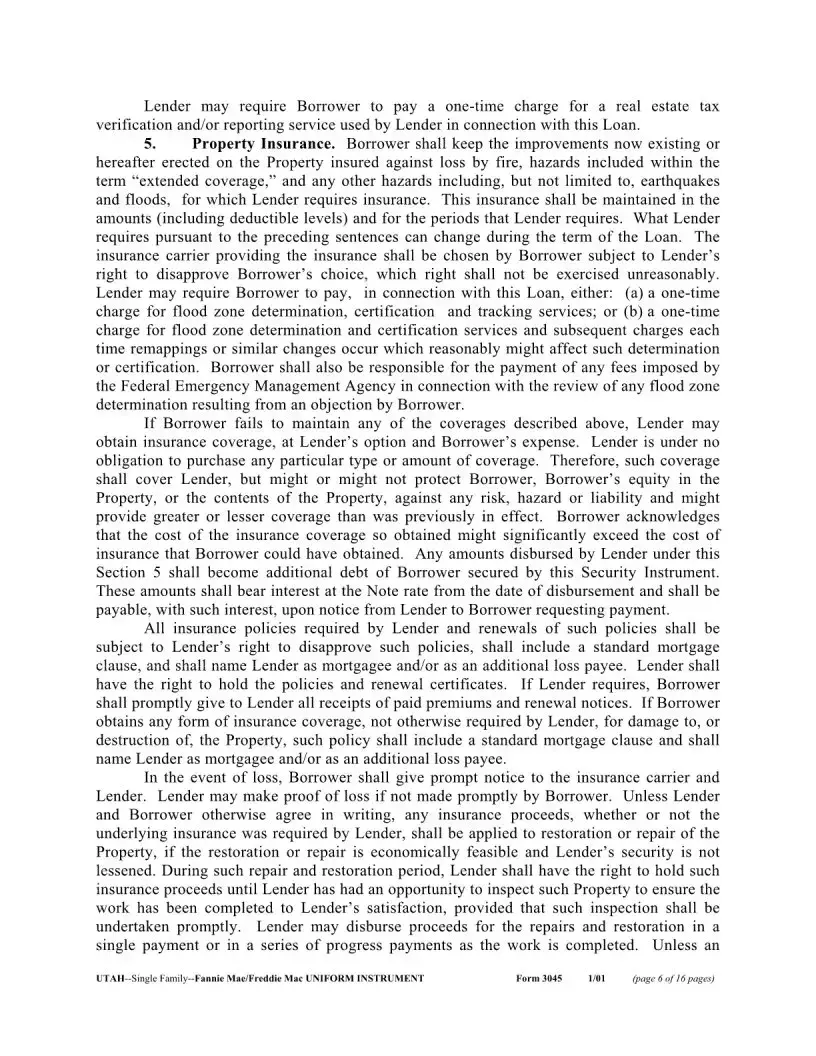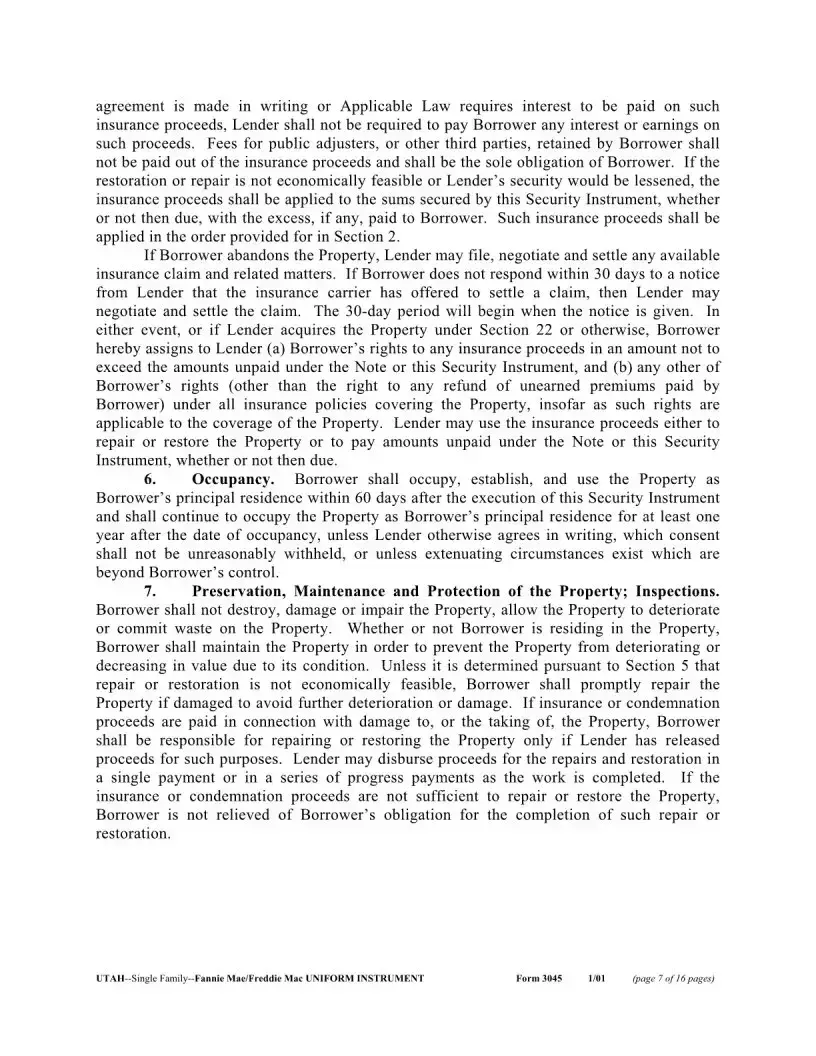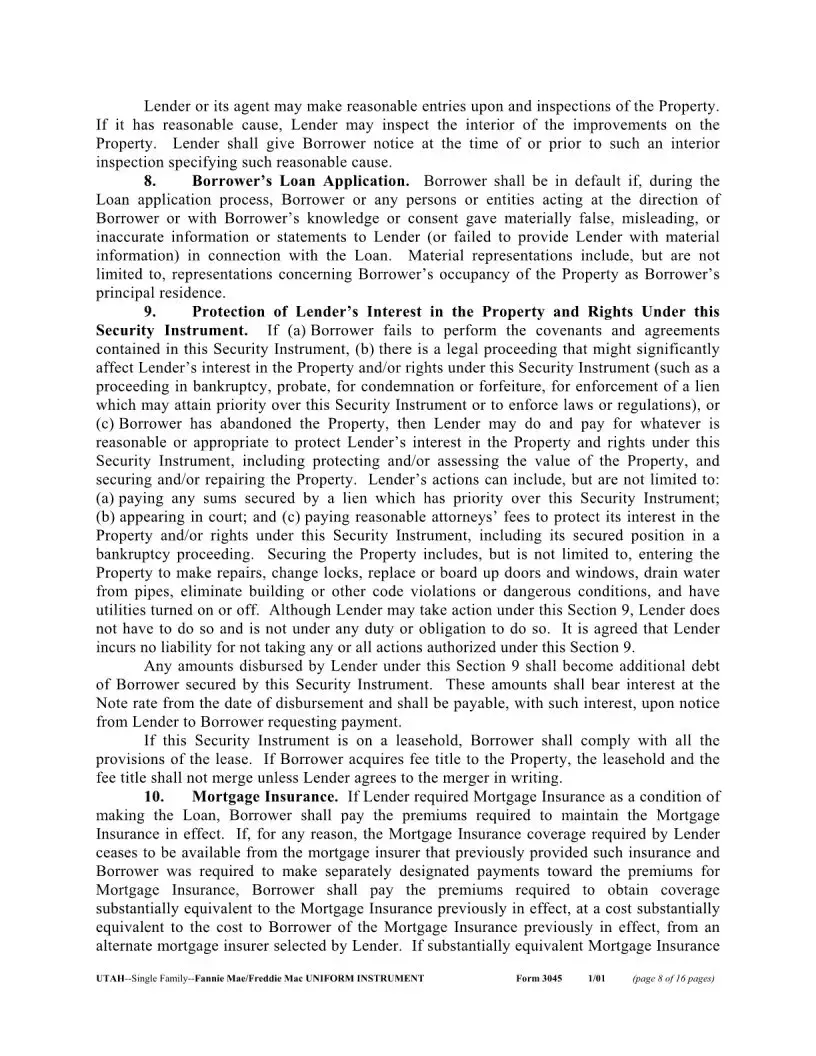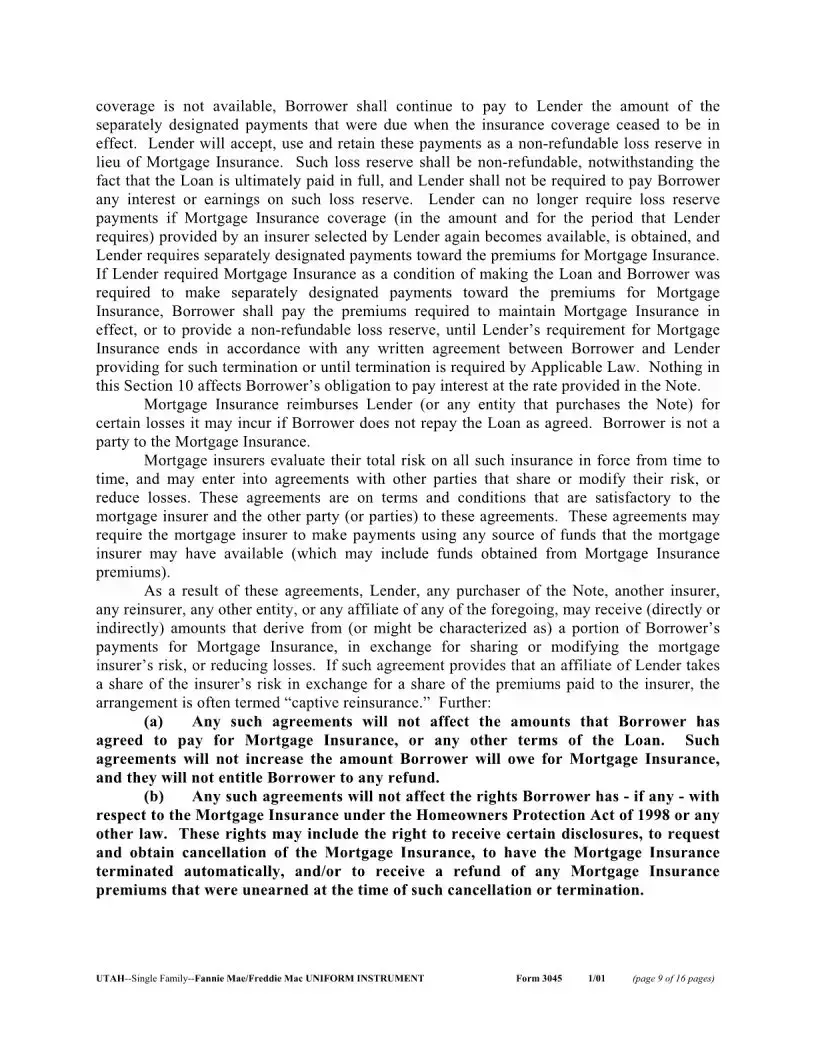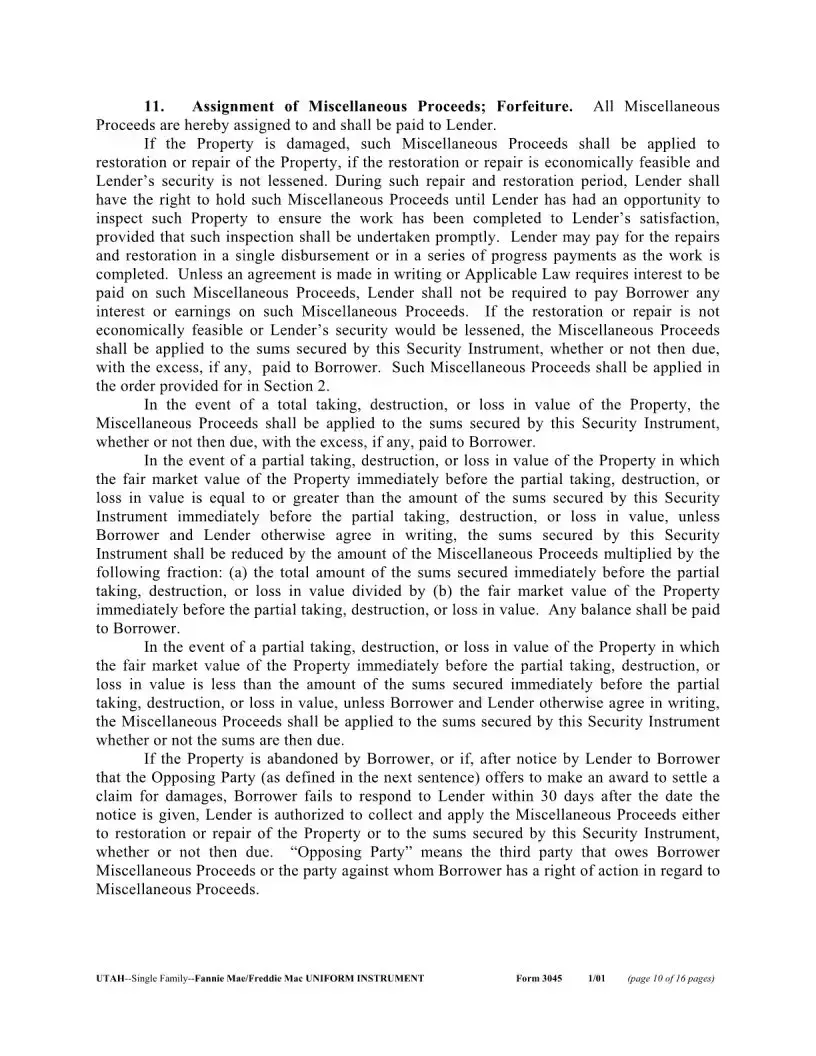The Utah 3045 form, often used in various administrative and legal settings, shares similarities with a range of other documents, each designed to serve specific purposes within the framework of contract management and administration. One such document is the Standard Form 33 (SF-33), which is predominantly utilized in government procurement for soliciting offers. Both the Utah 3045 and SF-33 are integral in the proposal and contract formation processes, requiring detailed information about the terms and conditions of the agreement, as well as the obligations of the parties involved.
Another document akin to the Utah 3045 form is the Commercial Lease Agreement, used for outlining the terms under which a tenant may use a commercial property for business purposes. Just like the Utah 3045, Commercial Lease Agreements stipulate the responsibilities of all parties involved, payment details, and the duration of the contract, ensuring that all specifics are agreed upon upfront to prevent disputes during the term of the lease.
The Non-Disclosure Agreement (NDA) also shares similarities with the Utah 3045 form, particularly in how they both handle confidentiality. NDAs are crucial for protecting sensitive information shared between parties during negotiations, partnerships, or employment. Similarly, the Utah 3045 form may include provisions to safeguard proprietary information, demonstrating their mutual emphasis on maintaining privacy and security in professional relationships.
Employment Contracts, much like the Utah 3045 form, detail the terms of employment, responsibilities, and rights of the employers and employees. Both documents serve as binding agreements that delineate compensation, benefits, job responsibilities, and conditions under which the employment relationship can be terminated, thereby providing a clear framework for what is expected from each party throughout the course of their professional engagement.
Similarly, Service Level Agreements (SLAs) are often paralleled with the Utah 3045 form in their function of specifying the levels of service to be provided by one party to another, often in an IT or telecommunications context. Both documents include commitments regarding the quality, availability, and responsibilities, ensuring that the service provider meets the expectations set forth in the agreement.
Last but not least, the Independent Contractor Agreement resembles the Utah 3045 form in its outline of the relationship between a contractor and a client, including scope of work, payment terms, and the duration of the contract. This type of agreement is crucial for clarifying the non-employee status of the contractor, similar to how the Utah 3045 form establishes the contractual obligations and rights of the entities involved in a specific deal or project.
